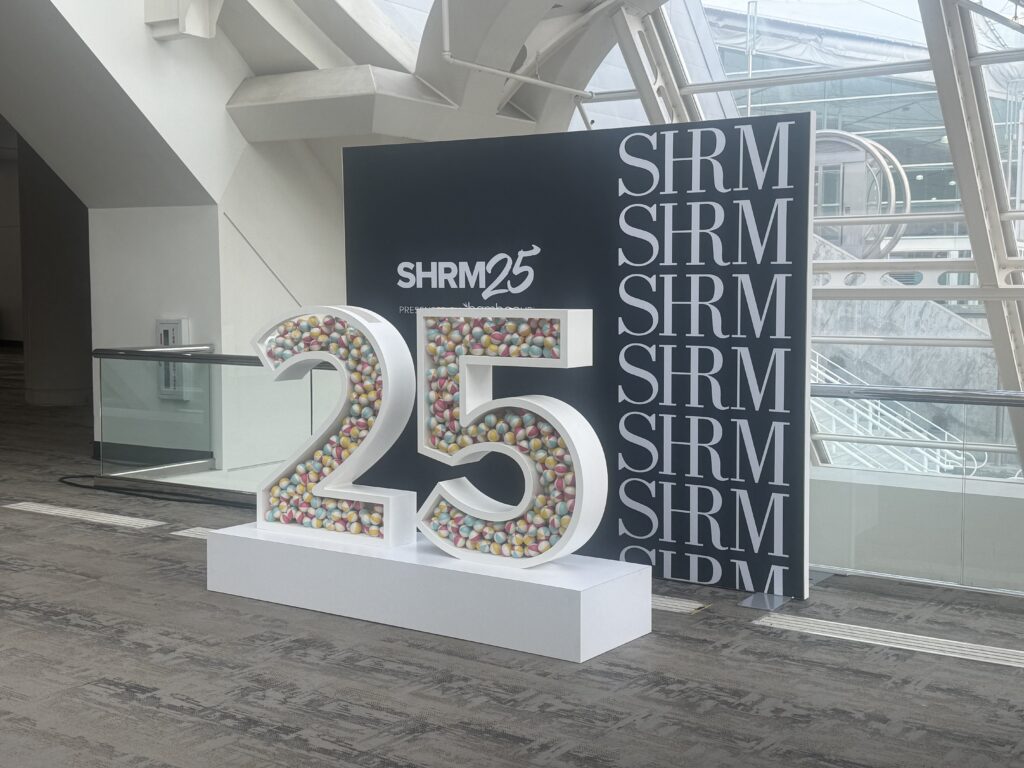Vehicle accidents are expensive. For vehicle owners, it’s an expense you hope insurance will cover without skyrocketing premiums. For companies, the expenses grow significantly. Why? Because for companies, it isn’t the cost of repairs. There are many other expenses that come into play. Even so, 70% of companies don’t have a scoring system to measure driver safety risk in their mobile workforce. Why not? Because too many companies don’t act on driver safety until it’s too late. In this post we’ll explore the expenses and walk through the necessary components of a company driver safety program.
The Risk of Business Related Accidents
According to the Association for Safe International Road Travel, of all the high-income countries in the world, the U.S. suffers the highest rate of fatal automotive accidents. Gathering the data on vehicle accidents takes years, but most recently the National Highway Traffic Safety Administration revealed an increase of 17% in speeding-related fatal auto accidents in 2020. Consider too, the fact that people who drive for work spend more time on the road each day. Certain bad driving behaviors cause a higher percentage of accidents while employees are driving on the job. Distracted driving is the cause of 74% of accidents that occur while employees drive for work.
The Cost of a Business Accident
According to the 2021 Driver Safety Report, on-the-job highway crashes cost employers $66,119 per million vehicle miles traveled. What goes into that number? The CDC released a similar finding on the cost of fatal crashes to employers in 2019. Considering medical care and work loss, the number came to $56 billion. That’s a big number, and an important one, because it isn’t just considering the cost of repairs. It takes into account the recovery needs of the employees involved, the gap they leave in their absence. Businesses can do something to prevent these accidents with a company driver safety program.
Company Driver Safety Program
The goal of a company driver safety program is to protect both the employer and employee from auto accidents. There are several ways a company can institute safety measures, but picking and choosing can leave gaps in the safety program. A comprehensive company driver safety program includes three essential pieces. Those are:
- Insurance Verification
- Motor Vehicle Record (MVR) Checks
- Individualized Training
Let’s start at the beginning with insurance verification.
Insurance Verification
If you drive a vehicle in the U.S. you are required to have auto insurance. That’s widely understood, so much so that some employers do not verify auto insurance when hiring employees. That can create serious issues down the road, for both the employer and employee. Fortunately, safety program vendors can make this process easy. Not only that, but any time an employee cancels their auto insurance, the right vendor will recognize the change and notify the employer and employee.
Motor Vehicle Record (MVR) Checks
Auto insurance is essential for any driving individual, but it’s not a guarantee of a good driving record. That’s why a large number of employers run a motor vehicle record (MVR) check on potential employees when hiring for driving roles. An MVR is a record of a person’s driving history, including accident reports, traffic citations, DWI’s and more. A company pulling an MVR receives the most up-to-date information on that individual’s driving history. Should the MVR check show a pattern of concerning behavior, employers will know the individual is not a good fit for the role.
While most companies use MVR checks specifically during the hiring process, this leaves a gap. By not checking a driving employee’s motor vehicle record following hiring, companies can be blind-sided when said employee is found at fault in a serious accident. With continuous MVR monitoring, safety vendors inform employees the moment a violation is reported to their system. That means a company can catch troubling driving behavior and take action before it results in something serious.
Individualized Training
Both insurance verification and MVR checks are safety measures that alert a company when an employee’s driving record or insurance could be a problem. When a company receives information from either, they react as needed. Is there a preventative measure to a company driver safety program? Well, that’s where individualized training comes in.
There are many safety training options on the market. The best offering is an individualized training. Following an assessment of the driver’s current performance, the program provides learning modules specific to the gaps exposed in the initial assessment. This helps driving employees correct their problematic behaviors behind the wheel before they become accidents.
A Comprehensive Company Driver Safety Program
Investing in safety is also investing in cost control. Businesses instituting comprehensive company driver safety programs prevent liabilities from entering their mobile workforce and strengthen the driving skills of current employees. Insurance verification, MVR checks and individualized safety training each do their part to keep both employers and employees safe. Interested in learning more about implementing a comprehensive company driver safety program? Explore Motus Protect, a solution that provides the essentials to keep driving employees safe.







